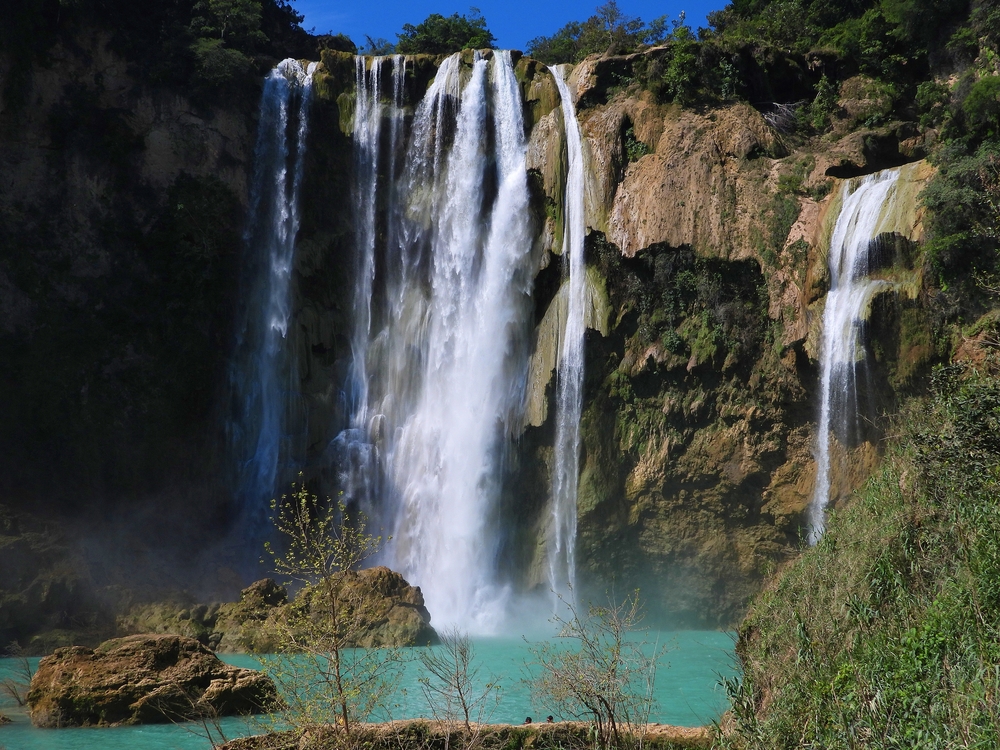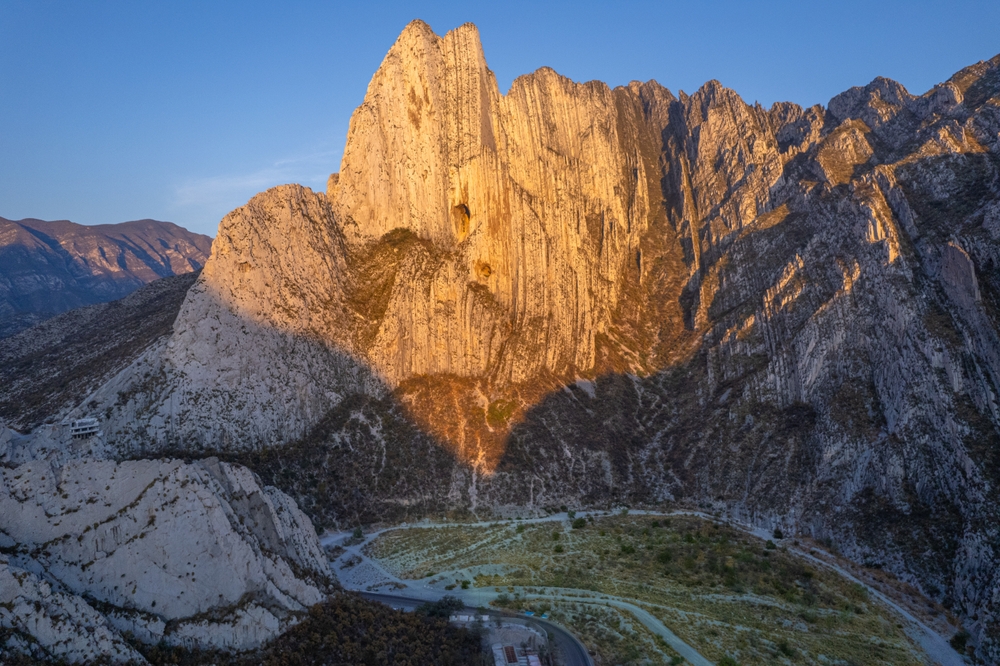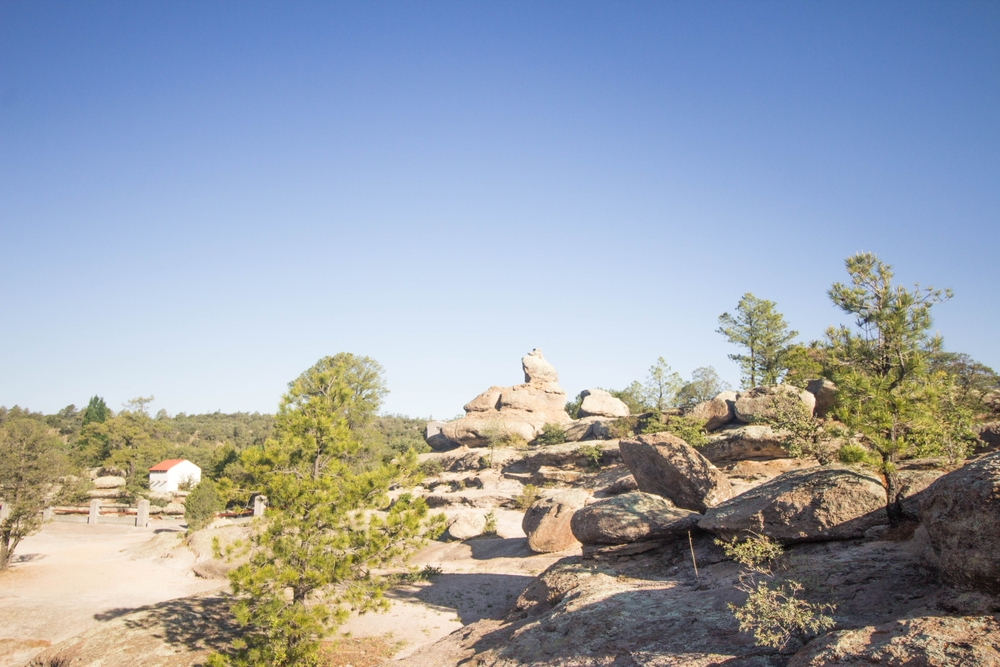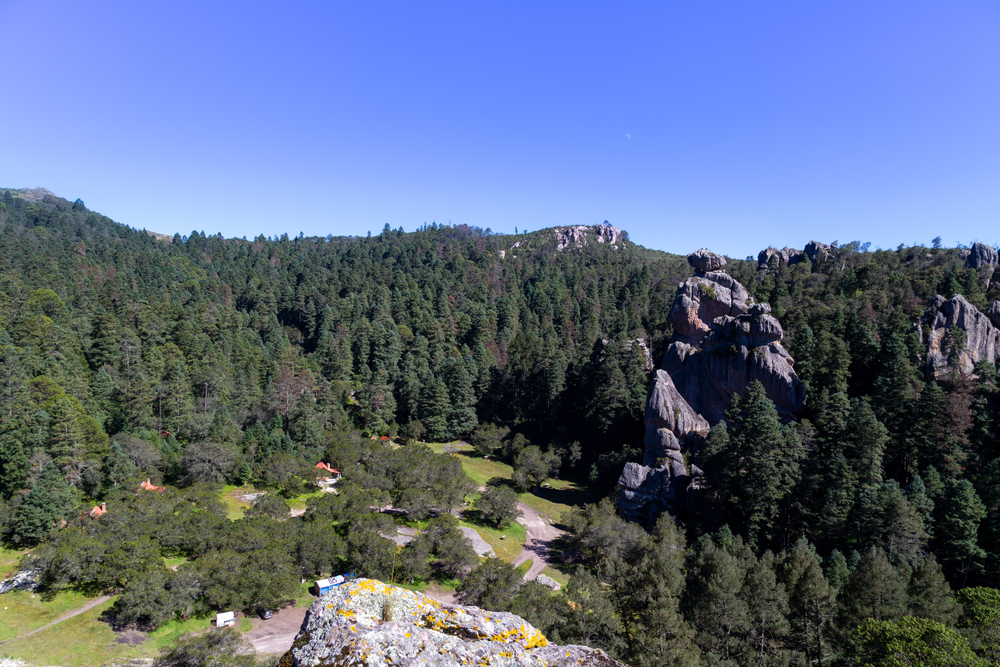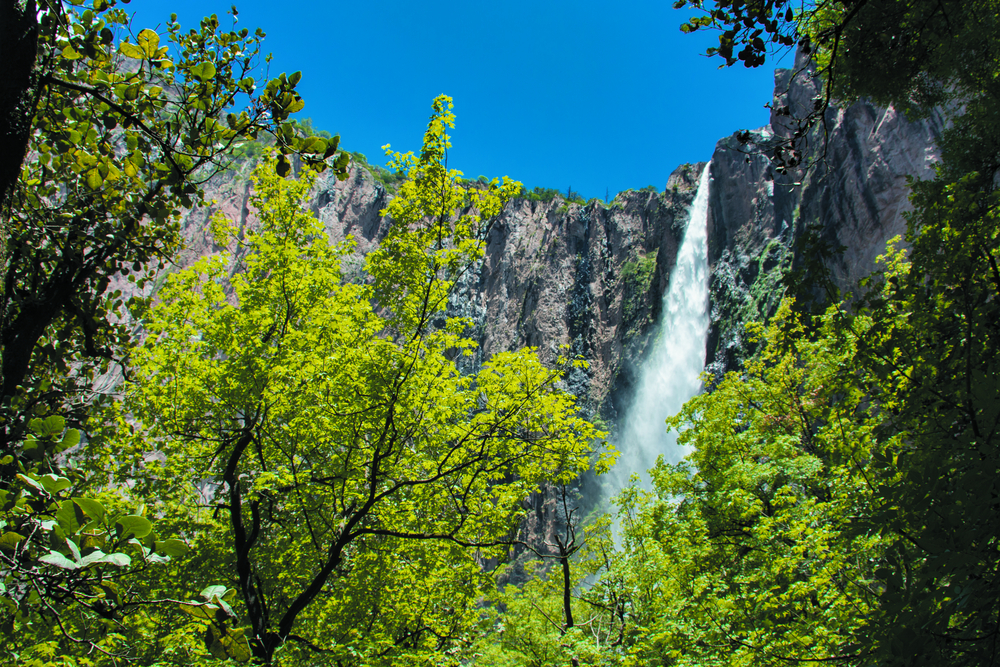El Potosi Overview
El Potosí National Park, known locally as Parque Nacional El Potosí, is a protected area located in the state of San Luis Potosí, Mexico. Established in 1936, the park encompasses approximately 20 square kilometers (7.7 square miles) of diverse landscapes. Situated in the municipalities of Santa María del Río and Río Verde, it lies west of the city of Rioverde.
The park is characterized by rugged and steep terrain, with elevations ranging from 1,500 to 2,480 meters above sea level. The highest peak within the park is El Cuatesoncito. This varied topography contributes to a rich mosaic of landscapes, including dense pine-oak forests that play a crucial role in the region’s hydrology by moderating rainfall runoff and protecting water quality.
The flora of El Potosí National Park is notably diverse, with 285 species of wild plants across 207 genera and 84 families. Dominant tree species include oaks such as Quercus resinosa, Quercus potosina, and Quercus laeta, alongside pines like Pinus pseudostrobus and Pinus teocote.
Other notable vegetation includes madroño (Arbutus xalapensis), lantrisco (Rhus virens), bodero (Dodonaea viscosa), and laurel (Litsea schaffneri). The park also provides habitat for species under special protection, including the cactus Ferocactus histrix, the orchid Laelia speciosa, and the cycad Ceratozamia zaragozae.
The park supports a variety of fauna, including 195 species of birds and 39 species of mammals. Birdwatchers can observe species such as woodpeckers and migratory birds that find refuge within the park’s forests. Mammalian inhabitants include squirrels and other small mammals adapted to the forest environment.
Visitors to El Potosí National Park can engage in activities like hiking and camping. The park features trails that wind through oak and pine forests, leading to natural viewpoints offering panoramic vistas of the surrounding landscapes. Picnic areas are available for day visitors seeking to immerse themselves in the park’s natural beauty.
Despite its natural richness, the park faces conservation challenges. A severe drought from 2010 to 2012 weakened many trees, making them susceptible to pine bark beetle infestations, which led to significant tree mortality, especially among young pines in the northern and southern regions of the park. Efforts are ongoing to manage and mitigate these impacts to preserve the park’s ecological integrity.
El Potosí National Park stands as a testament to Mexico’s commitment to preserving its natural heritage, offering a sanctuary for diverse species and a destination for nature enthusiasts.








































































